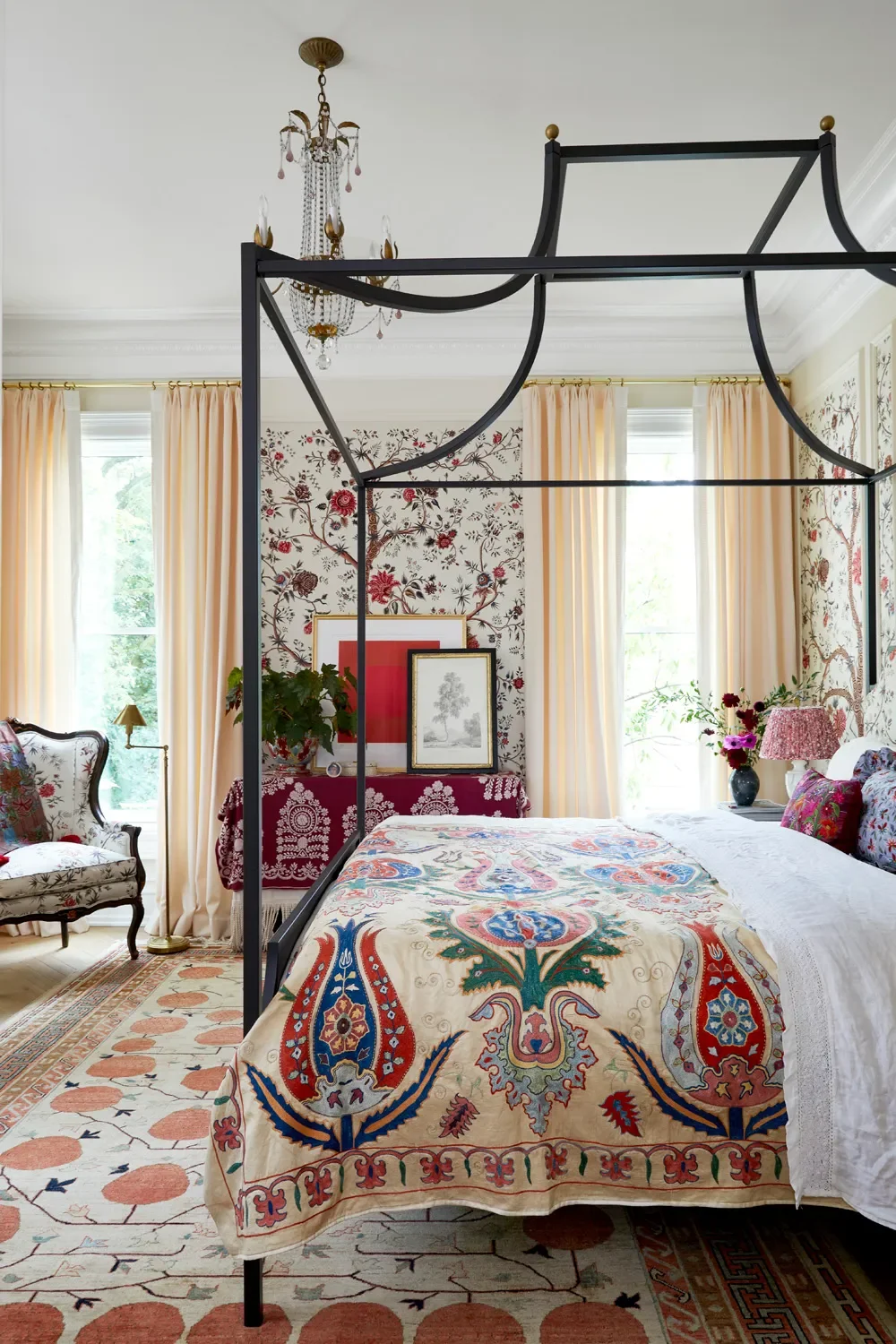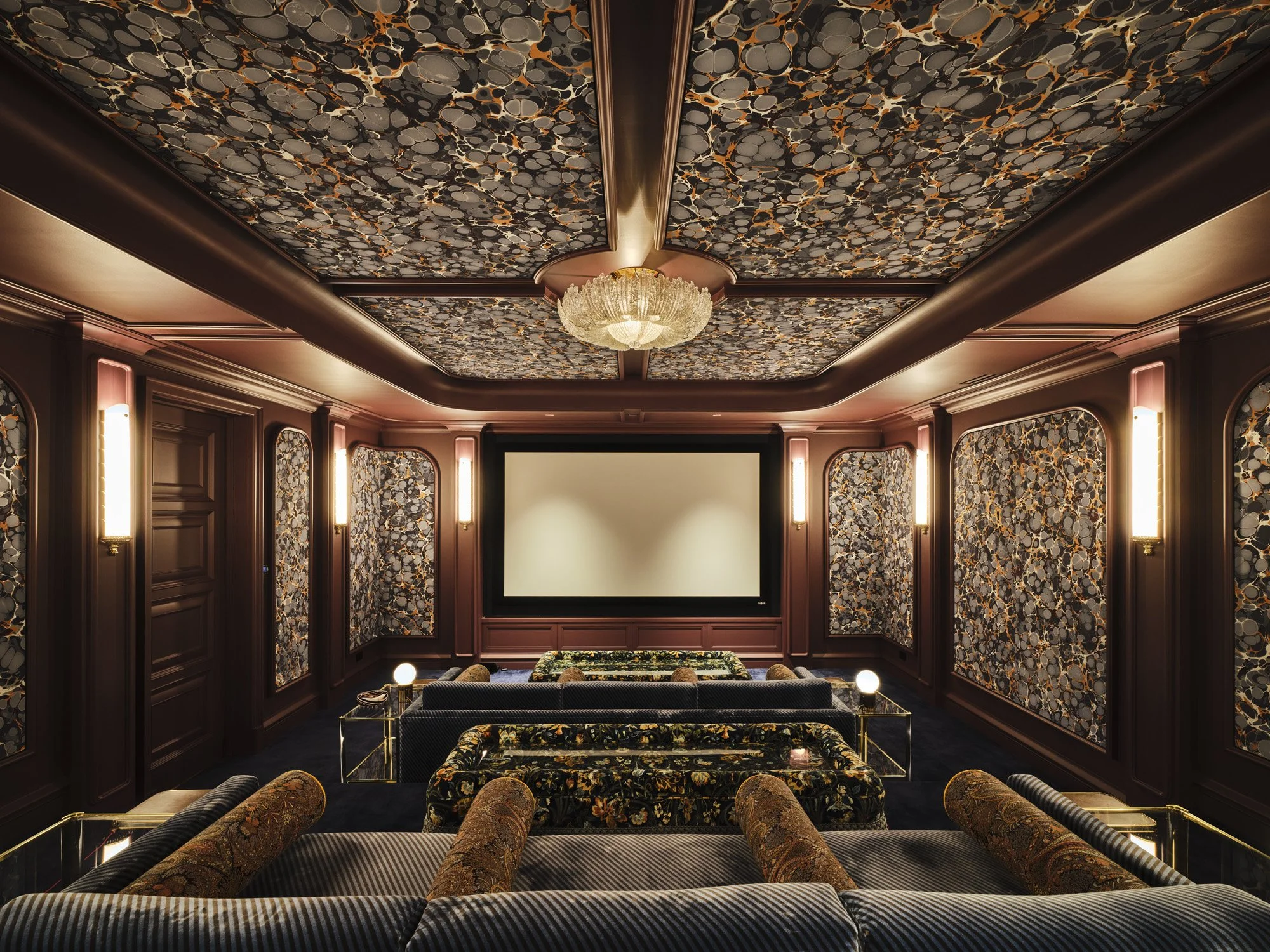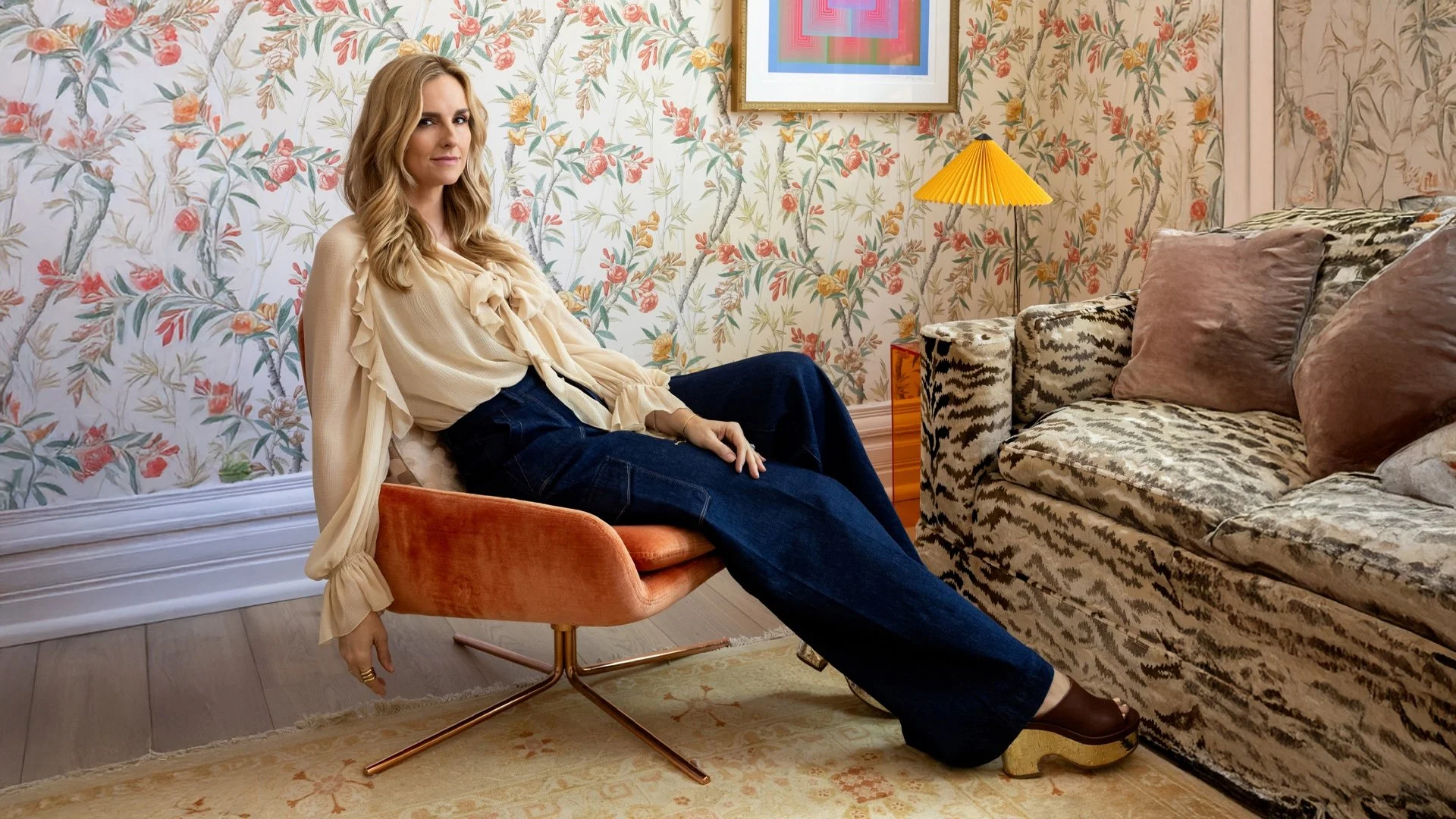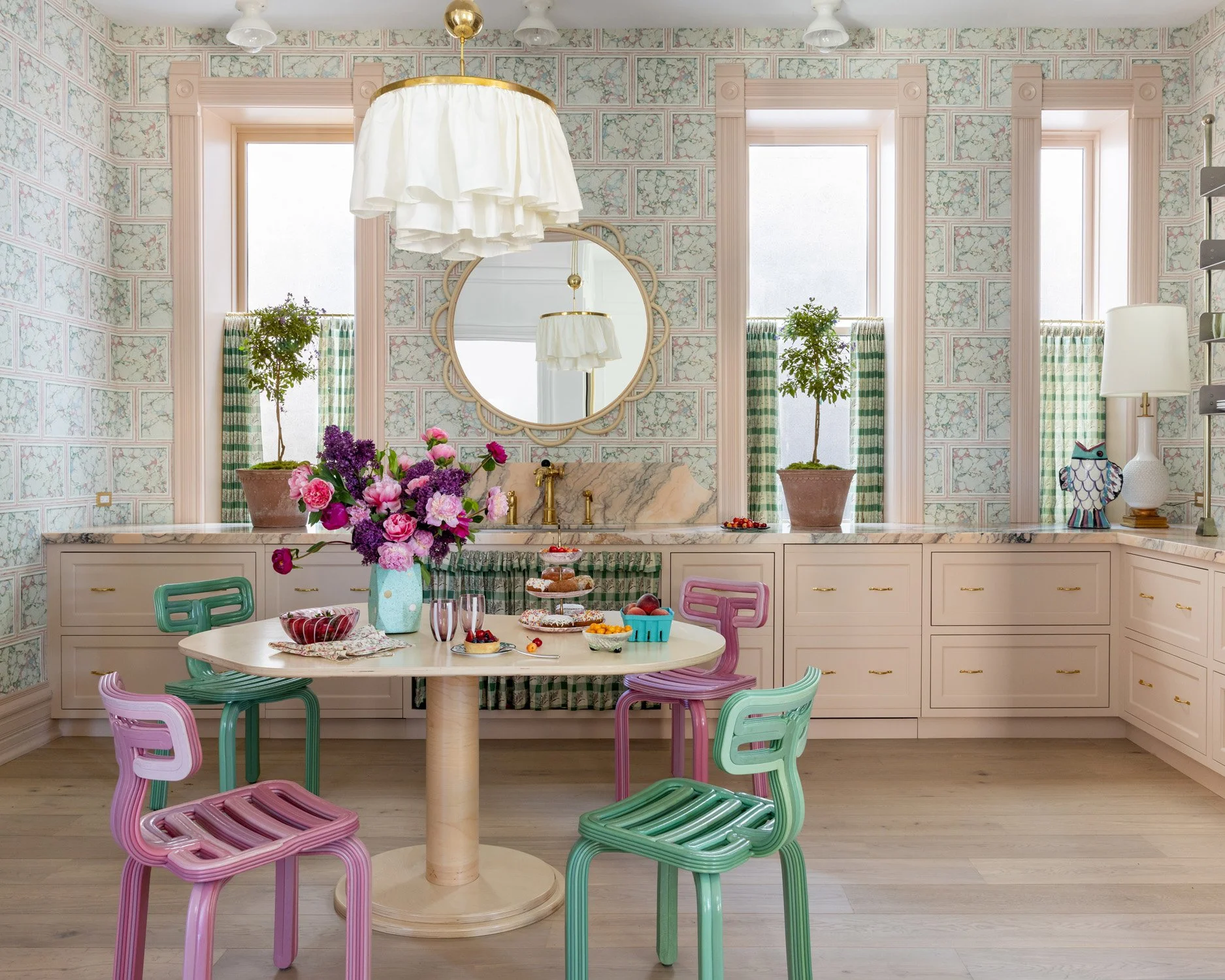The Latest
Because great design doesn’t happen overnight—and we’ve got too much fun happening behind the scenes to keep it to ourselves. Follow along for new project sneak peeks, a little ST team gossip (the good kind), and fresh project features.

The Dos and Don’ts of Color-Drenching Your Bedscape
Consider your bed a blank canvas for your sleep sanctuary, not only painting the picture for your bedroom’s personality but also serving as an extension of your own style. Like an outfit, there are plenty of ways to fashion a bedscape, from layering trendy hues like butter yellow…

12 Designer-Approved Powder Room Wallpapers That Make a Statement
The powder room is where design rules go out the window—or rather, where they get plastered onto the walls. It's often the smallest room in the house, which means it's also the one where you can take the biggest risks.
For the powder room of a Chicago pre-war apartment, ELLE Decor A-List designer Summer Thornton opted for a Gucci wallcovering depicting herons. “I’m always right on the line of good taste—or a few steps over,” she says.

A San Francisco Tudor Revival Gets a Maximalist Renovation
The periwinkle jumpsuit was a sign. When Kimberly Saper Sanner met interior designer Summer Thornton for the first time to discuss the decor of her San Francisco home, Sanner arrived in a vintage Lanvin jumpsuit—the exact pale purplish blue of a de Gournay scenic wallpaper swatch. It felt like cosmic confirmation. “We’re wallpaper soulmates,” Sanner says. “I held my leg next to it and said, ‘We match!’” Three and a half years—and six de Gournay patterns—later…

Rising Talent
New designer alert!
Join us in celebrating Nicole Ross, our newly promoted Designer! Nicole embodies everything that makes our team special: she’s incredibly talented, hardworking, and kind…

Find Us in the Pages of ELLE Decor
Four years in the making—now ready for her close-up.
We’re honored to have our San Francisco interior design project featured in an 8-page spread in the September issue of ELLE Decor. This Tudor Revival home, brought to life with jewel tones, Klimt-inspired patterns, and shimmering metallics…

The Best Home Theater Design Ideas for Elevated Binge-Watching
Summer Thornton and Ryan Saghian share home theater ideas that are cozy and curated with Architectural Digest, highlighting everything from surround sound and blackout curtains to projector picks and remodeling tips. With her signature focus on elevated style and comfort, she shows how to create a cinematic space that feels authentic, glamorous, and inviting.

Cabin Core
BTS of our Aspen design presentation.
We’re crafting a double feature in Aspen for the same family—one a full gut renovation they’ll live in first, and one rising from the ground up. Because we design homes like 1,000-piece puzzles, we pull multiple threads at once so the whole picture sings instead of feeling piecemeal…

We’re on YouTube!
Summer, unfiltered. (Well, mostly). We’ve officially taken our penchant for drama, pattern, and a good story to the small screen. On our new YouTube channel, you’ll find full-length videos, Q&As with Summer, behind-the-scenes moments, and maybe a few surprises we didn’t plan to share. Subscribe, settle in, and let the binge begin.

Sneak Peek: Lake Geneva
A little tease never hurt. This Lake Geneva home is still a work in progress, but we couldn’t resist sharing a glimpse of the fantastical powder room. Watch this space for the big reveal.

A Summer Tradition
Boats, Bubbles & Team Bonding.
The ST team took to the water for our annual summer outing—complete with Portofino pizza, yacht vibes, and plenty of toasts. Nothing beats celebrating together against the backdrop of the Chicago skyline.

Candy-Colored Rooms Are About to Be Summer's Most DELICIOUS Trend
When designer Summer Thornton redecorated her firm's office kitchen in Chicago, candy was at the forefront of her design process. In fact, candy has been on her mind for quite a while.